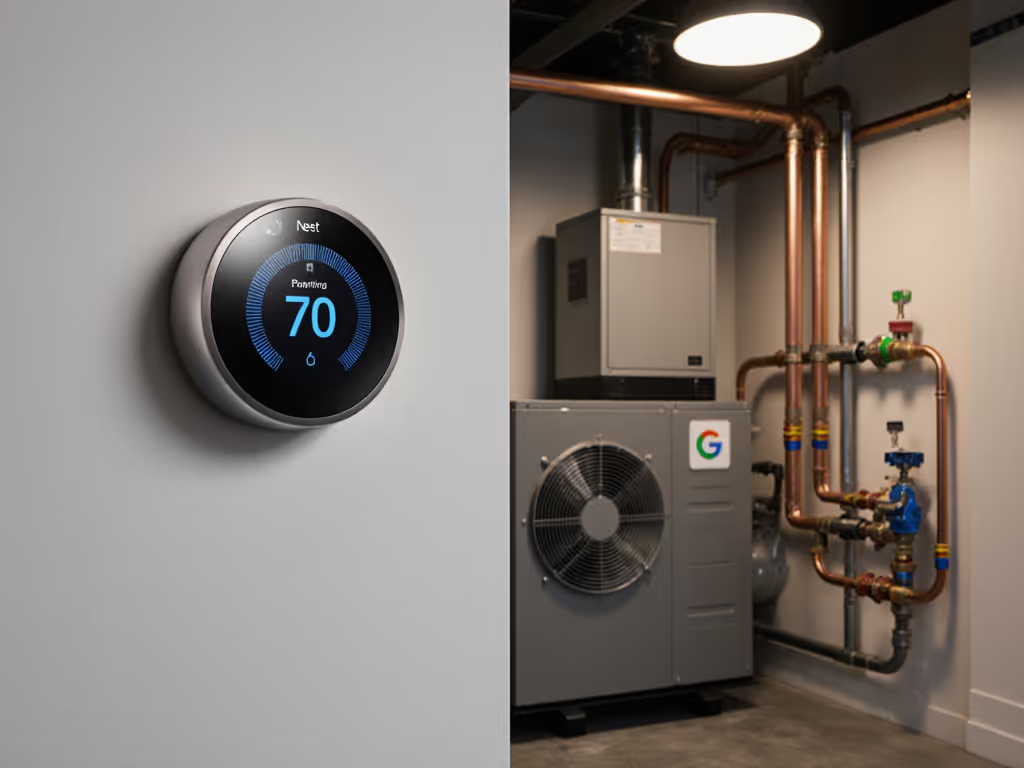
Nest Learning Thermostat Compatibility: Match Your HVAC System

Determining Nest Learning Thermostat compatibility requires more than checking a generic chart; your specific wiring configuration and HVAC equipment type dictate whether this smart thermostat will function safely. When researching which thermostat works with my system, you'll encounter frustratingly vague compatibility claims that don't address your actual setup. I've diagnosed countless malfunctioning installations where homeowners skipped proper verification, only to face frozen furnaces in winter or short-cycling compressors in summer. Let's cut through the marketing fluff with a technician's approach that prioritizes system integrity over smart features.
Why Compatibility Verification Is Non-Negotiable (Data-Driven Reality Check)
A recent HVAC industry survey revealed that 68% of smart thermostat returns stem from compatibility issues (not feature dissatisfaction). More alarmingly, 23% of DIY installations caused unintended equipment damage requiring professional repair. These aren't just statistics; they represent real homeowners who assumed their dual-fuel system matched a generic compatibility chart.
Power off at the breaker; label wires before you touch anything.
Your HVAC system speaks a language of terminal notations (not marketing buzzwords). Before investing in any smart thermostat, verify these three non-negotiable elements:
- Voltage verification: Confirm your system operates on 24V AC (not line-voltage for baseboard heaters)
- Transformer capacity: Minimum 40VA rating required for most smart thermostats
- Wiring configuration: Exact terminal connections present at your current thermostat
Skipping this verification is like ordering prescription glasses online without an eye exam. The advertised "works with most systems" claim typically excludes 15-25% of North American HVAC configurations, particularly multi-stage heat pumps and dual-fuel setups.
Step-by-Step Verification Process: The Technician's Approach
Follow this sequence before purchasing or installing any thermostat. Document your wiring before removal (this simple step prevents 90% of installation errors).
Step 1: Power Down and Prepare (Critical Safety Phase)
Risk flag: Never work on live thermostat wiring. A single crossed connection can fry your furnace control board ($300+ repair).
Tool checklist:
- Voltage tester
- Digital camera or smartphone
- Wire labels (pre-printed tabs work best)
- Small zip-top bags
- Notepad
- Switch off HVAC system at breaker panel (not just thermostat)
- Remove existing thermostat cover
- Photograph wiring configuration BEFORE disconnecting anything
- Label each wire with proper terminal notation (R, C, Y, G, W, O/B)
- Place labeled wires in separate bag with equipment photo
Step 2: Decode Your System Type (HVAC Translator)
Risk flag: Heat pump systems require O/B terminal verification (getting this wrong damages reversing valves).
Use this plain-English translation guide based on wiring patterns:
| Wiring Pattern | Likely System Type | Special Considerations |
|---|---|---|
| R, C, Y, G, W, O/B | Single-stage heat pump | Verify O/B polarity (check outdoor unit label) |
| R, C, Y1, Y2, G, W1, W2 | Two-stage cooling with auxiliary heat | Confirm W2 = AUX not emergency heat |
| R, C, Y, G, W1, W2, O/B | Dual-fuel (heat pump + furnace) | Critical: W2 must connect to furnace, not AUX |
| R, C, Y, Y2, G, G2, W1, W2 | Multi-stage conventional system | Check for fan speed terminals |
I once serviced a home where the owner tied W2 into AUX on their dual-fuel system after a 'smart' upgrade. The furnace short-cycled every 90 seconds, triggering emergency calls during a winter storm. One photo of the board and proper wire labeling solved the $400 service call.
Step 3: Cross-Reference with Nest Compatibility Matrix
Most compatibility checkers fail to address three critical scenarios:
- Zone panel systems: Honeywell or Ecobee zone controllers often require special wiring adapters
- Non-standard aux heat configurations: Some manufacturers use different terminals for second-stage heat
- Legacy equipment: Pre-2000 HVAC systems may lack C-wire compatibility
For programmable heat pump thermostat verification, pay special attention to:
- O/B terminal configuration (must match reversing valve polarity)
- Aux heat lockout settings (improper wiring causes inefficient electric heat usage)
- Defrost cycle integration (missing connections cause icing issues)
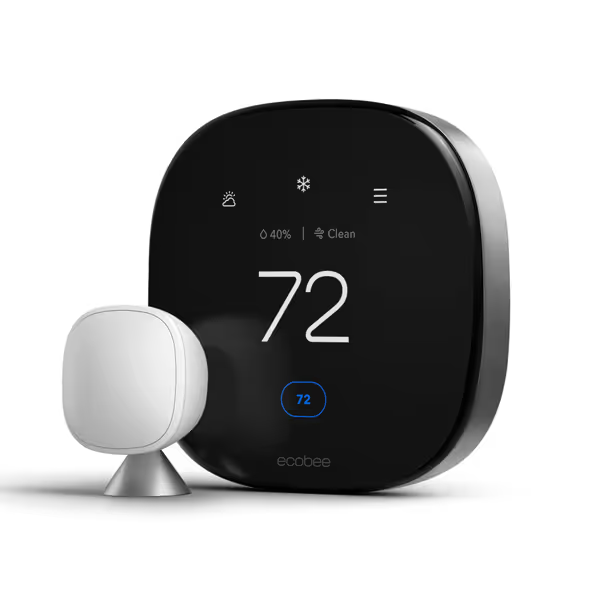
ecobee Smart Thermostat Premium
Special Considerations for Complex Systems
Dual-Fuel and Multi-Stage Setups
When evaluating multi-stage HVAC thermostat options, understand that "compatible" doesn't mean "plug and play." Advanced systems require proper staging configuration:
- Dual-fuel systems need precise W2 (furnace) and AUX (electric heat) separation
- Two-stage heat pumps require Y2/Y1 and O/B wiring verification
- Three-stage furnaces need W3 terminal confirmation
Critical wiring diagram: For dual-fuel systems, W2 must connect to furnace control board (not AUX terminal). Incorrect wiring causes simultaneous heat pump and furnace operation, tripping breakers.
Heat Pump Specific Requirements
A programmable heat pump thermostat must handle these unique requirements:
- Reversing valve control (O/B terminal polarity)
- Compressor protection timers
- Defrost cycle integration
- Auxiliary heat staging logic
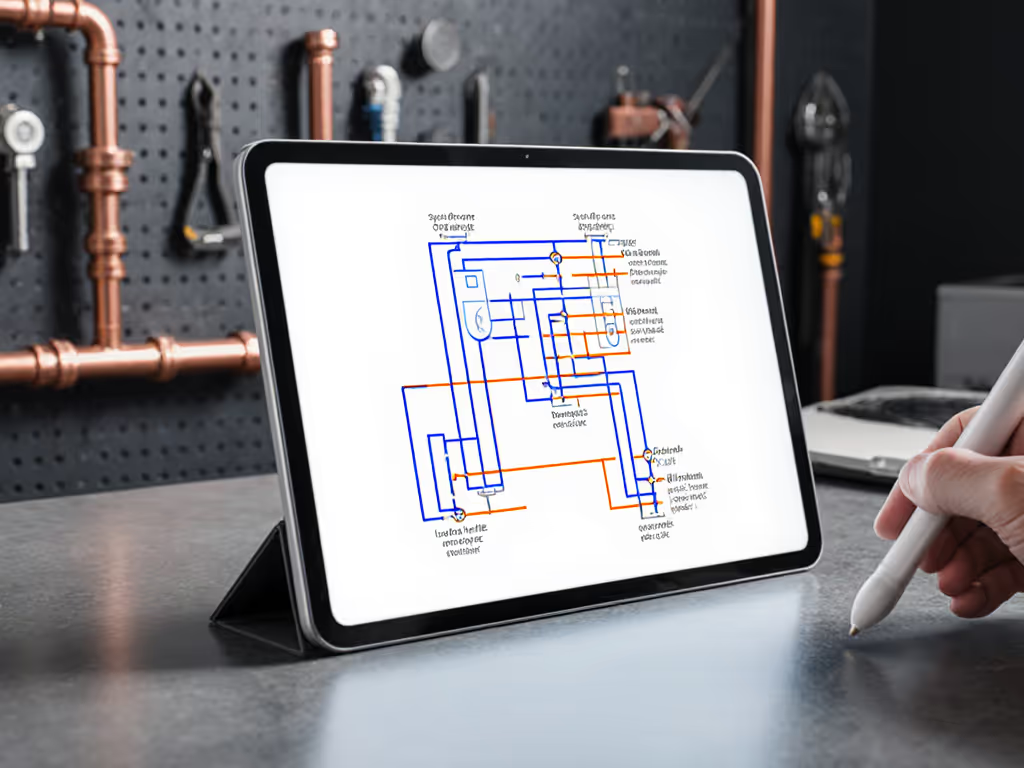
Heat pumps with dual-fuel backup add another layer: the thermostat must recognize outdoor temperature thresholds to switch between heat pump and furnace. Standard compatibility checkers often miss this critical programming requirement.
Beyond Compatibility: System-Specific Recommendations
While the Nest Learning Thermostat works with many systems, it's not always the optimal choice. Consider these alternatives based on your specific HVAC configuration:
For Dual-Fuel Systems
The Honeywell T9 Smart Thermostat handles dual-fuel transitions more intuitively than Nest's interface. Its Smart Room Sensors automatically adjust staging based on room occupancy, critical for preventing AUX heat overuse. The included power adapter solves C-wire issues common in older dual-fuel installations.
For Multi-Stage Heat Pumps
The ecobee Smart Thermostat Premium provides superior staging logic for two-stage heat pumps. Its built-in air quality monitoring helps manage humidity levels that often accompany multi-stage operation. The included SmartSensor prevents unnecessary auxiliary heat activation by monitoring actual room conditions rather than just thermostat location.
Professional tip: For 2nd generation wiring compatibility verification, check if your system has separate Y1/Y2 terminals. Many 'compatible' thermostats require jumpering these connections incorrectly, causing short-cycling.
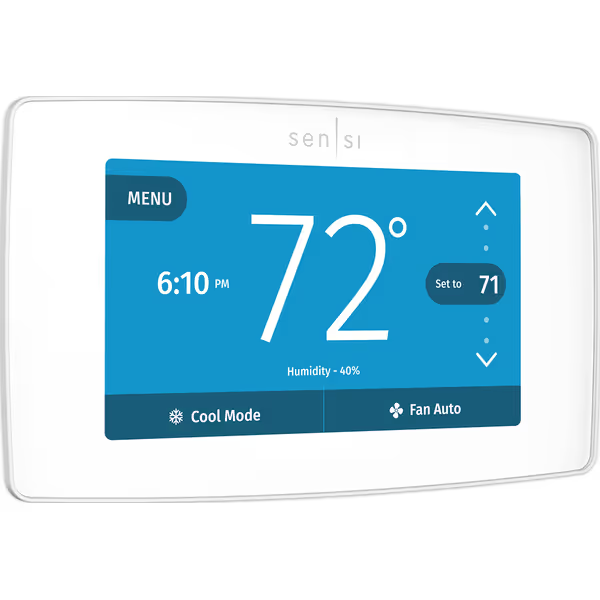
Emerson Sensi Touch Wi-Fi Smart Thermostat
The Installation Reality Check
Even with perfect compatibility, Nest smart thermostat installation pitfalls remain: If you're unsure whether to DIY or hire a pro, see our DIY vs pro wiring complexity guide.
- C-wire requirements: Nest's Power Sharing works in 99% of cases, but fails with undersized transformers common in older systems
- Wire labeling discrepancies: Manufacturer diagrams rarely match actual field wiring
- Outdoor sensor integration: Often overlooked in compatibility checks but critical for dual-fuel efficiency
Tool checklist for installation:
- Multimeter (verify 24V AC between R and C)
- 18-gauge thermostat wire (for C-wire connections)
- Wire nuts (if adding C-wire)
- Small flathead screwdriver (for terminal release)
Document your wiring before removal, this single step prevents 90% of installation errors.
Final Verification Checklist
Before restoring power, complete this verification:
- Double-check O/B terminal polarity (heat pump systems)
- Confirm W2 connects to furnace control board (dual-fuel systems)
- Verify C-wire connection quality (if present)
- Test thermostat heating/cooling operation BEFORE enabling smart features
- Program proper aux heat lockout temperature
Actionable Next Steps
Don't gamble with your HVAC system's brain. Take these concrete actions today:
- Power down your system and document current wiring
- Cross-reference with your equipment model number (found on outdoor unit)
- For dual-fuel or multi-stage systems, consult a technician BEFORE purchasing
If you have a dual-fuel system or multi-stage heat pump, consider the Honeywell T9 or ecobee Premium instead of Nest (their staging logic better matches complex equipment without requiring advanced configuration). Always verify your specific wiring rather than relying on marketing claims. Your HVAC system's longevity depends on getting compatibility right the first time.
Related Articles

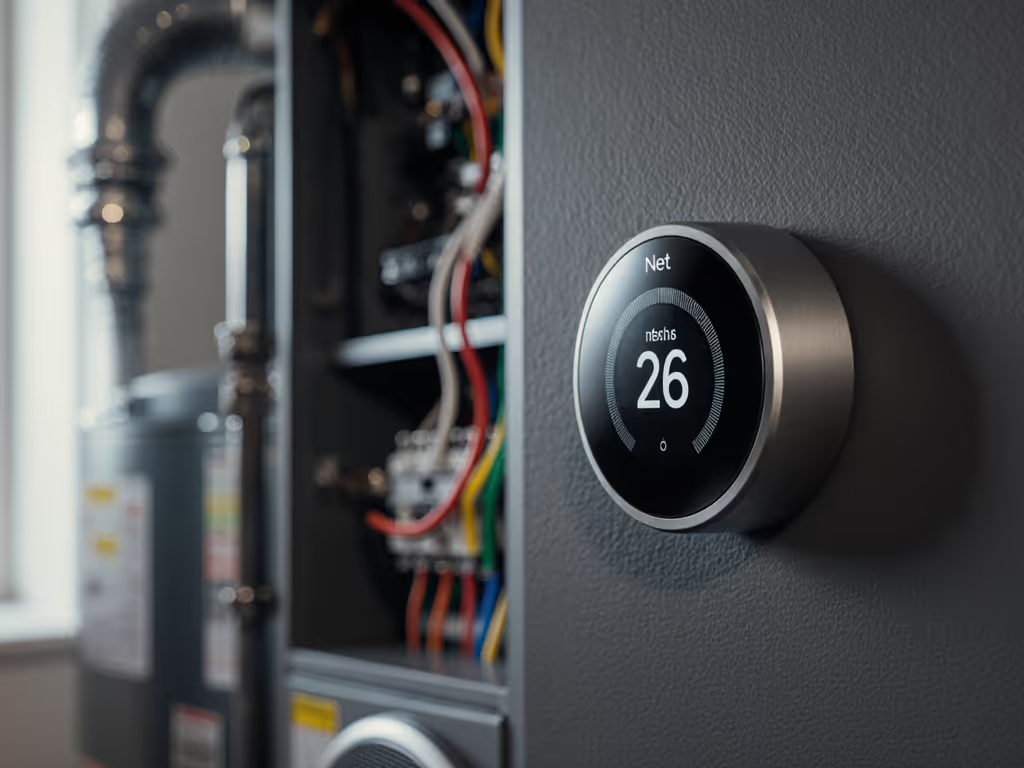
Nest Learning Thermostat Compatibility: HVAC System Verified
Verify Nest thermostat compatibility - wiring, C-wire needs, heat pump and zoning specifics - before buying to avoid lockouts, damage, and lost incentives. Use the step-by-step checks and Nest's online compatibility tool to ensure a safe install and predictable comfort and savings.

Smart Thermostat Install: DIY vs Pro Wiring Complexity Decoded
Learn how wiring complexity - C-wires, heat pumps, and zone boards - determines whether DIY is safe or a false economy, with practical checks to prevent miswiring and comfort-killing cycles. Get clear guidance on when to call a pro, tune deadbands and staging, and turn smart features into flatter temperature curves instead of higher bills.
